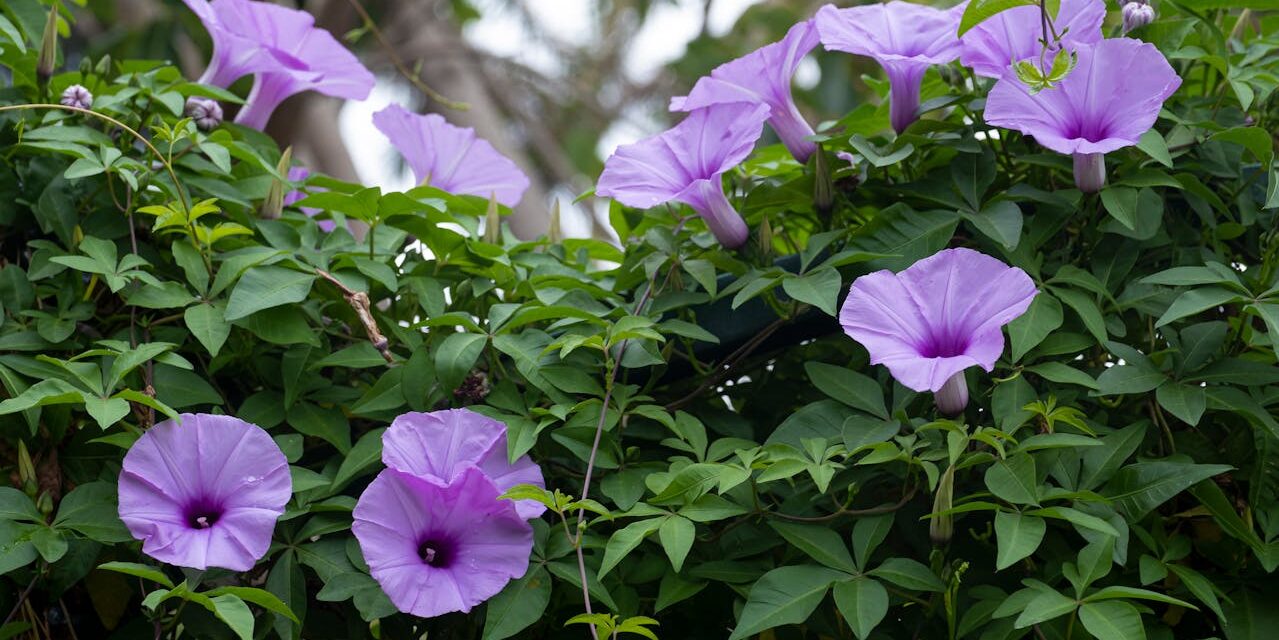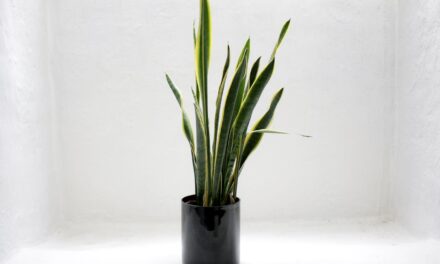Welcome, fellow gardeners! Today, we will explore the captivating world of morning glories, from their rich history and origins to tips on how to grow these vibrant beauties in your garden.
Table of Contents
The History of Morning Glories
Morning glories, with their trumpet-shaped blooms and heart-shaped leaves, have been admired for centuries. These lovely climbers, belonging to the Convolvulaceae family, can trace their roots back to ancient civilizations.
- Origins: Morning glories are native to tropical and subtropical regions of the Americas, including Mexico and Central America. They’ve been cultivated for their beauty and medicinal properties since ancient times.
- Cultural significance: The asagao (Japanese morning glory) has symbolized love and affection for centuries in Japan. In ancient Mesoamerican cultures, morning glories held spiritual significance, with the Aztecs using the seeds in religious ceremonies.
- Botanical fame: In the 16th century, European explorers and botanists discovered morning glories during their travels to the New World. They brought the seeds back to Europe, where the flowers gained widespread popularity.
Growing Your Morning Glories: A Step-by-Step Guide
Now that you know a bit about their history, let’s talk about how to grow morning glories in your garden. Follow this step-by-step guide to cultivating these stunning climbers:
- Choose your seeds: Morning glories come in various colors and species. Some popular options include Ipomoea tricolor, Ipomoea purpurea, and Ipomoea nil. Pick the one that best suits your garden’s aesthetic.
- Prepare the seeds: Morning glory seeds have a harsh outer coat. To speed up germination, gently rub the seeds with a nail file or sandpaper and soak them in water for at least 24 hours before planting.
- Plant the seeds: Choose a sunny spot in your garden with well-draining soil. Plant the seeds about ¼ inch deep and 6 inches apart. Morning glories are vigorous climbers, so provide them with a trellis or fence to climb.
- Water and fertilize: Keep the soil moist until the seeds germinate, which usually takes 7-21 days. Once established, morning glories are relatively drought-tolerant but will benefit from regular watering. Use a balanced fertilizer once a month for optimal growth.
- Prune and control: Morning glories can become invasive if not managed properly. Prune your plants regularly to maintain their size and shape, and remove any seed pods to prevent self-seeding.
- Protect from pests: Morning glories like aphids and spider mites can attract pests. Monitor your plants and use insecticidal soap or neem oil to control infestations.
Common Morning Glory Questions
Can morning glories grow indoors?
Yes, morning glories can be grown indoors but may thrive less than outdoors. Provide indoor morning glories with plenty of sunlight (at least 6 hours a day) and a trellis or support structure for climbing.
Are morning glories toxic to pets?
Morning glory seeds contain lysergic alkaloids, which can be toxic if ingested in large quantities. While the risk to pets is relatively low, keeping these plants out of reach of curious pets is best to avoid any potential issues.
When do morning glories bloom?
Morning glories like to bloom early summer to the first frost in fall. As their name suggests, the flowers open in the morning and close by the afternoon, each bloom lasting just one day.
Time to Embark on Your Morning Glory Adventure
Congratulations! You’ve just explored morning glories’ fascinating history and origins and learned how to grow these beautiful climbers in your garden. By following our step-by-step guide, you’ll soon be enjoying these stunning flowers’ vibrant colors and enchanting allure.
What species of morning glory will you choose to grow? How will you incorporate these captivating climbers into your garden design?





